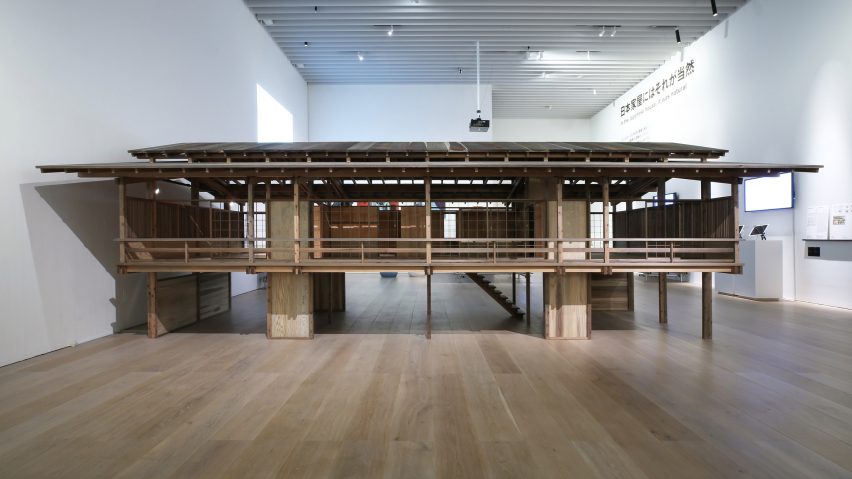
Kenzo Tange's lost house is showpiece of Japan in Architecture exhibition at Mori Art Museum
A scale model of architect Kenzo Tange's now-demolished house and a full-size replica of a 16th century tea house feature in a blockbuster exhibition of Japanese architecture at the Mori Art Museum in Tokyo.
Japan in Architecture: Genealogies of its Transformation contains 400 exhibits, showcasing 100 different projects by architects including Yoshio Taniguchi, Tadao Ando, Kengo Kuma and Kazuyo Sejima.
Its aim is to highlight how traditional wooden structures have flourished in Japan and continue to fascinate the world at large.
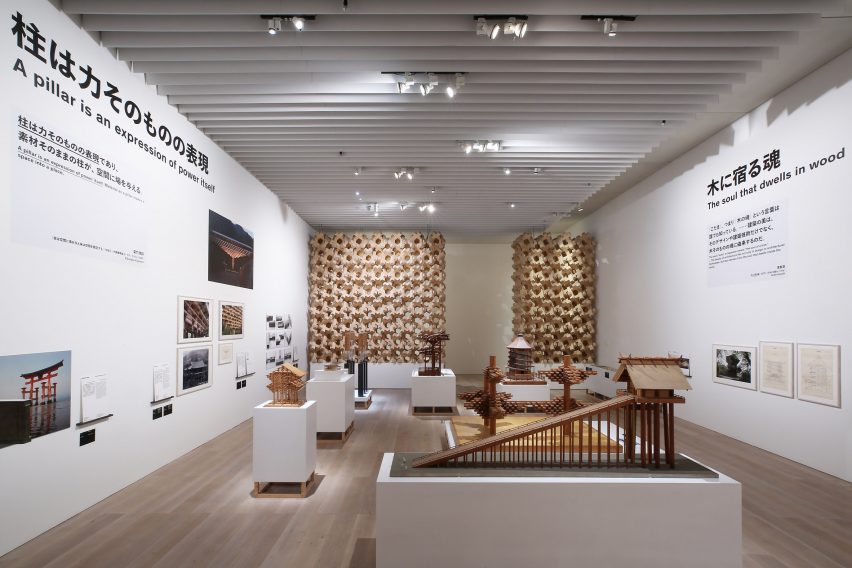
The showpiece of the exhibition is a recreation of a house built in 1953 by prolific architect Kenzo Tange, who also produced some of Japan's most famous postwar designs, including the Hiroshima Peace Memorial Park and the Yoyogi National Gymnasium.
His broad influence continues to this day – his work was a major reference point for Wes Anderson's latest animated film, The Isle of Dogs.
The so-called Kenzo Tange House was considered pioneering, as it fused together elements of traditional Japanese architecture with modern-day rituals. However it was later demolished.
For the exhibition, it has been recreated in full at 1:3 scale – so visitors can easily look inside both of its two storeys.
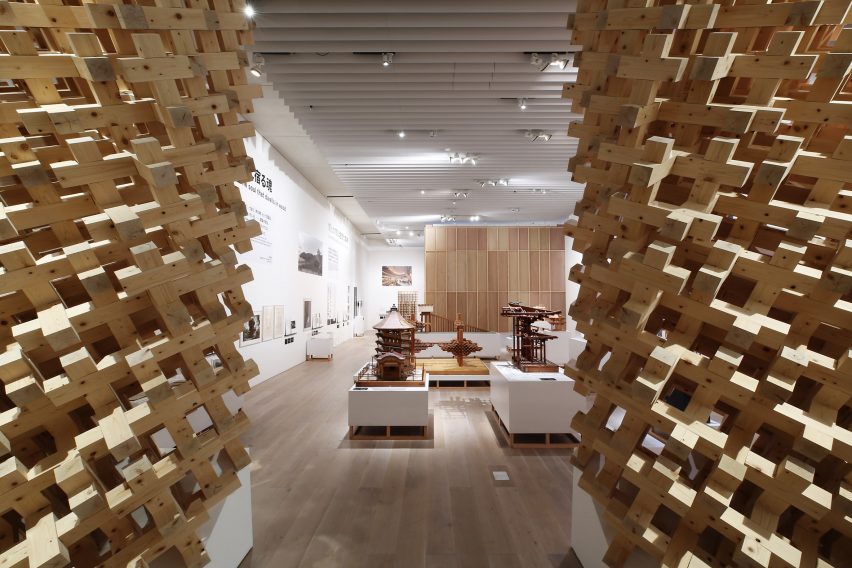
"The arrival on the scene of Kenzo Tange propelled contemporary Japanese to the cutting edge of global architectural practice, where it has remained ever since" said architect and historian Fujimori Terunobu, an advisor on the exhibition.
"That this was possible owes much to traditional Japanese architecture, the spirit of which runs through the veins of Japanese architects whether or not they are aware of it – in their spatial sense, in the use of wooden construction using pillars, and the division of inside and out, for example," he added.
"This exhibition takes actual projects by leading architects, and uses these examples to illuminate this invisible connection between such traditions and the present day."
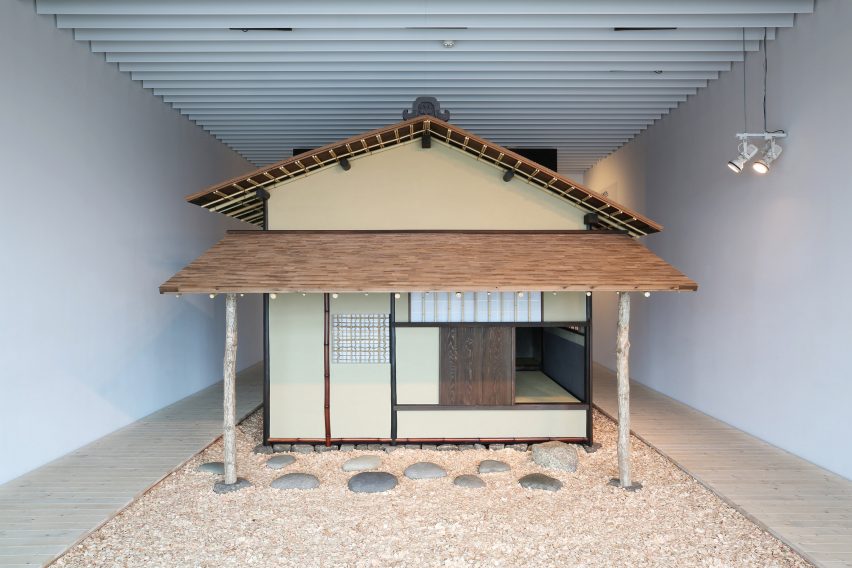
The exhibition is divided into nine sections, each exploring a different theme. It traces Japanese architecture from its ancient roots through to the Meiji Restoration of 1868, and up to the present day.
Exhibits include architectural models, material samples and interactive installations that integrate augmented reality.
Another highlight of the show is the full-size recreation of the famously tiny tea house of tea master Sen-no-Rikyu, a national treasure built in Kyoto in 1581.
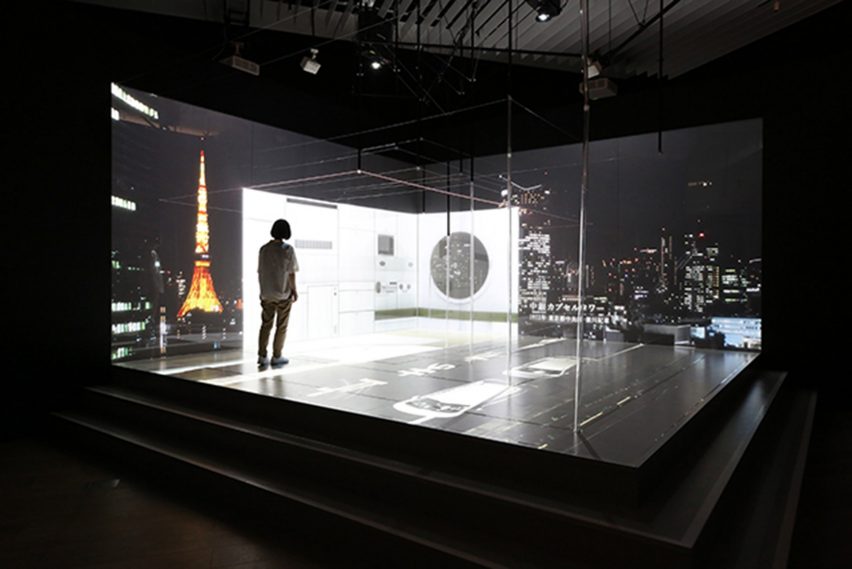
Elsewhere in the show, artist Seiichi Saito has collaborated with Rhizomatiks Architecture to create an immersive installation that uses cutting-edge laser fibre and video technology to recreate Japanese spaces of varying scale for visitors to experience in 3D.
Key pieces of Japanese modernist furniture are also on display, including pieces by Isamu Kenmochi and Daisuku Cho, which visitors can interact with in a lounge setting.
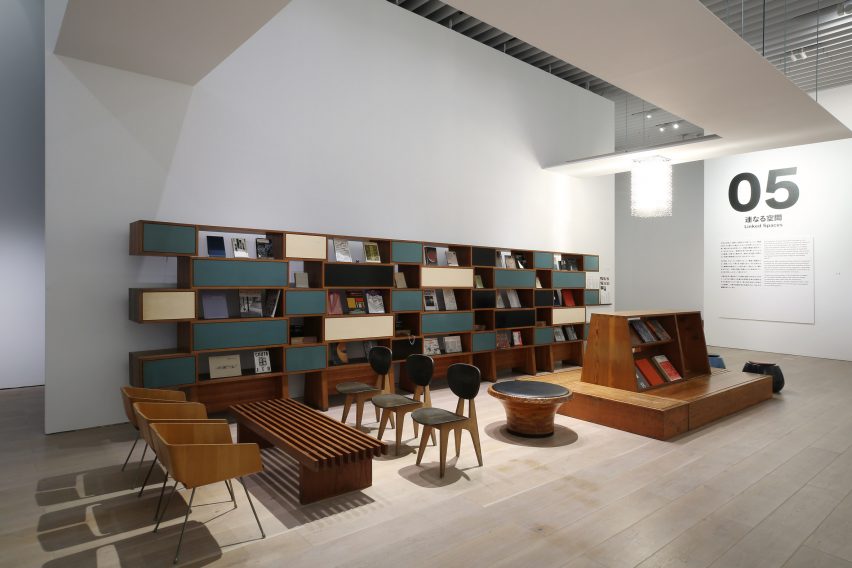
Japan in Architecture: Genealogies of its Transformation is on show at the Mori Art Museum in Tokyo until 17 September 2018.
It is the latest in a series of major shows exploring the impact of Japanese architecture.
MoMA in New York staged an exhibition called A Japanese Constellation, focusing on the work of three generations of Japanese architects, in 2016. The same year, MAXXI in Rome put on a show called Japanese House: Architecture and Life after 1945, which later moved to the Barbican in London.
Photography by Koroda Takeru.